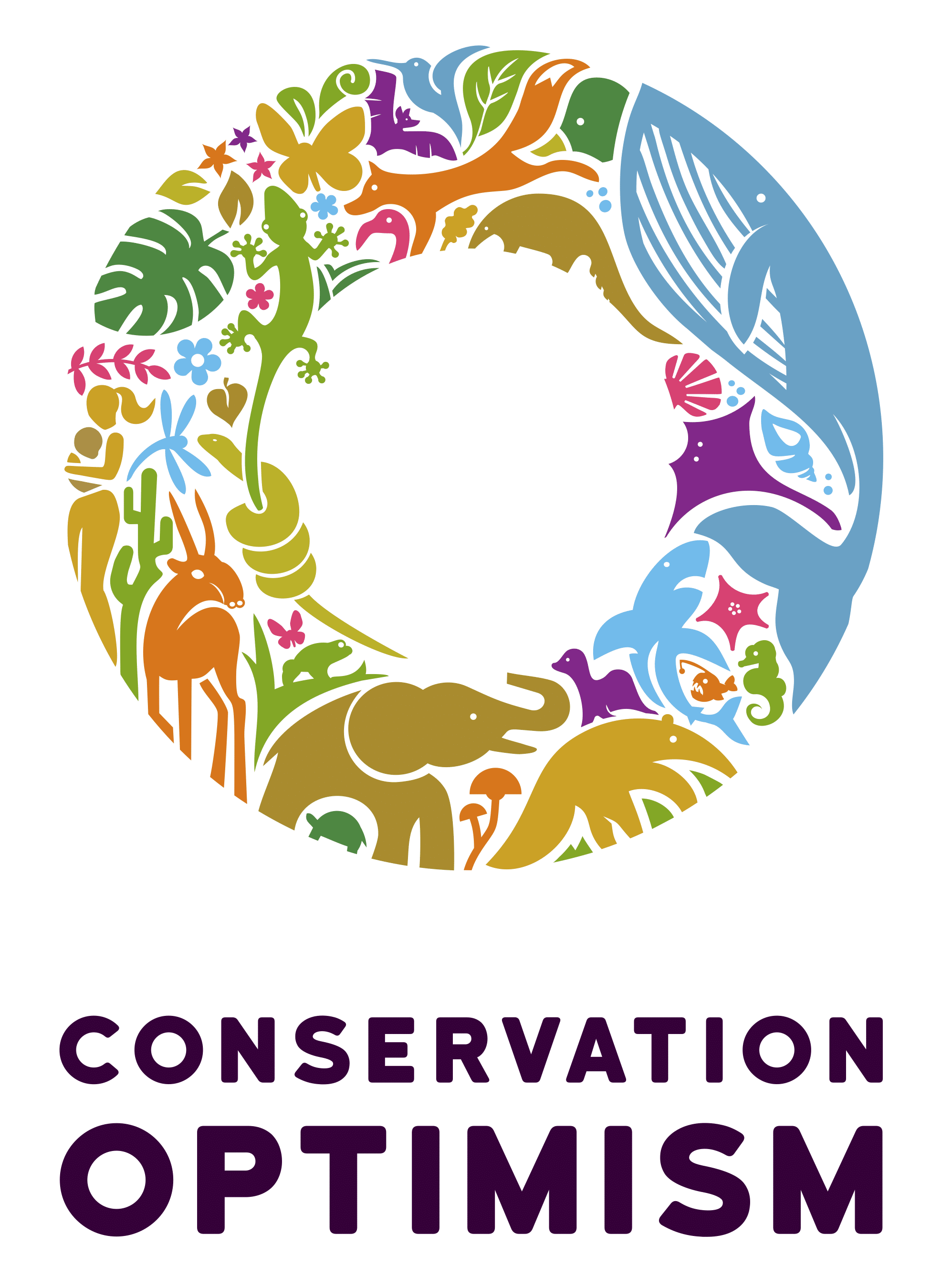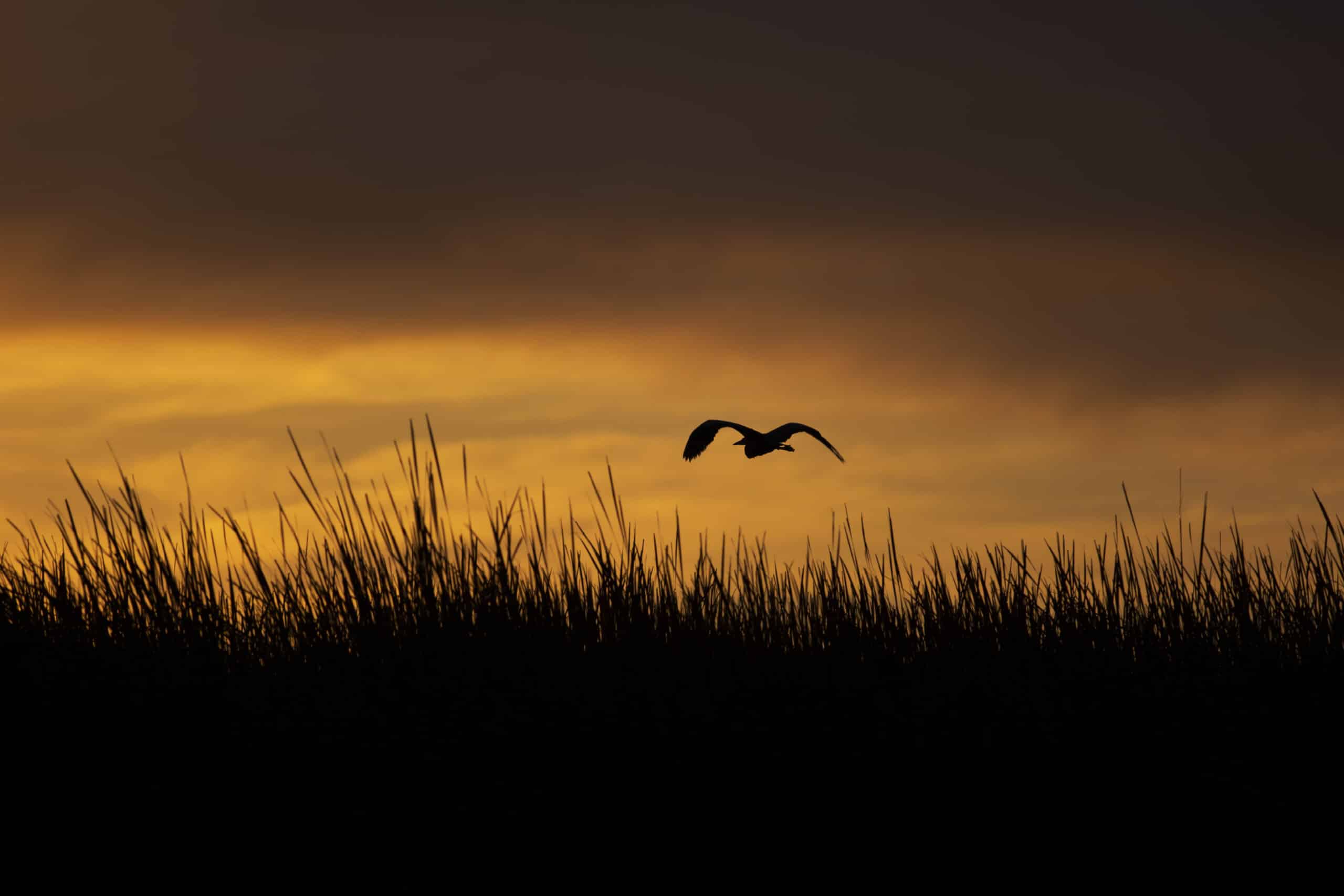Our planet is going through the worst water crisis in history. 2000 million people are already suffering from water shortage, and yet 80% of the waste water is not reused nor treated before returning to our ecosystems. The excessive use of water, water wastage and pollution has resulted in an alarming loss of biodiversity.
Mexico is suffering from intense droughts. According to the National Meteorological Service of Mexico, 83.9% of their territory is drought affected making survival difficult not only biodiversity but also every single Mexican family, especially those dependent on agriculture or similar activities for sustenance.
The Colorado River, one of the most important rivers of North America, provides more than 36 million people from both United States and Mexico with water. Unfortunately, the Colorado River Delta, which is spread through parts of Baja California and Sonora, has been running dry little by little over the last few decades. The river, also known as the “American Nile” once upon a time was spread along 2 million acres, creating several wetlands, bogs and marshes, and vast ecosystems filled with life all throughout the USA’s southwest, all the way down to the Gulf of California. However, between 1998 and 2001 the water flow stopped reaching the ocean due to construction of dams along the river in the US, and climate change.
The first step to resurrecting a river.
In an effort to save the river a bi-national effort between Mexico and the United States, known as the “Raise the River Alliance”, took form fifteen years ago. The project hoped to restore the flow of water to the delta and “raise the river” back to life.
In 2014, thanks to the enormous restoration efforts done by the Raise the River Alliance, the Colorado River’s delta was resurrected as the water flow was able to reach the Sea of Cortés once more. This flow of water was temporary, but it served its purpose to raise something more than just the delta, something that had been lost in this land for a long time: Hope.
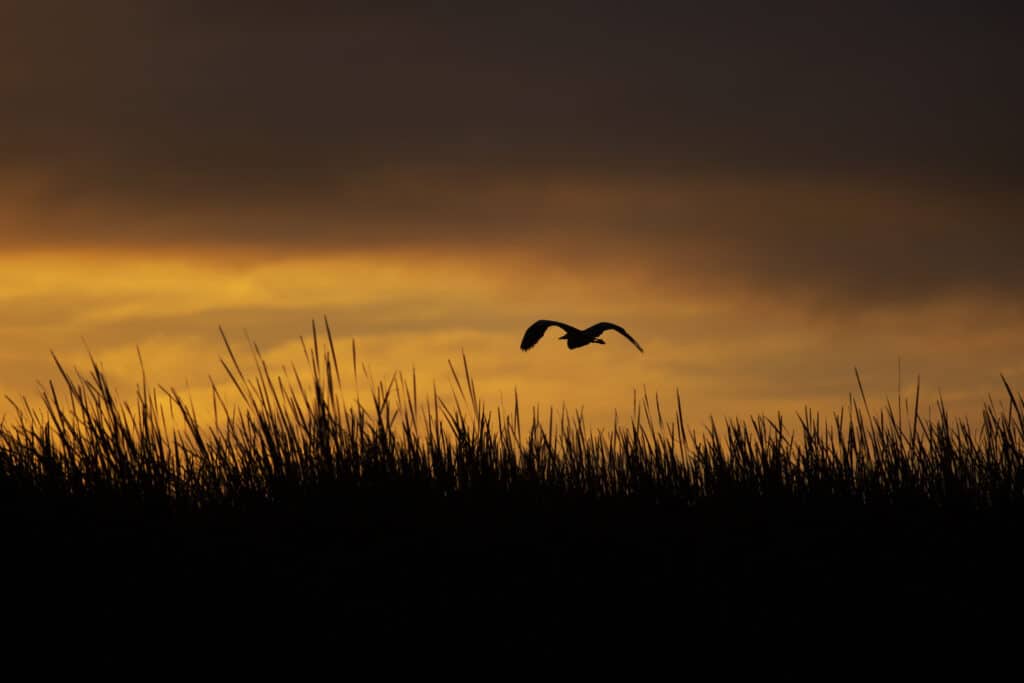
Great Blue Heron (Ardea herodias), one of the bird species that inhabit the delta, flying above the reeds in the Ciénega de Santa Clara at sunrise.
When local communities and experts come together for conservation.
I began working with the Alliance in November 2021 to document the wildlife around the delta and their work. As my work progressed, I got to meet various experts and local people that have been working tirelessly, restoring ecosystems like wetlands, riparian forests, mesquite forests and others using only native species. Sites like “Ciénaga Grande”, the largest wetland in the Colorado River’s delta and part of the Alto Golfo de California and Delta del Río Colorado Biosphere Reserve have been restored with the help of the local communities, generating dozens of jobs and empowering people through these conservation efforts. Today, local communities have more access to water and the land can be cultivated once more. The “Miguel Alemán” forest site that has been restored with more than 140,000 trees with joint efforts from the local communities, and where hundreds of bird species, both migratory and resident, have been observed and banded for monitoring ever since the site was restored. Birds are important indicators of an ecosystem’s health, so the fact that so many bird species can be seen at Miguel Alemán tells us that the environmental restoration here has been a successful one.
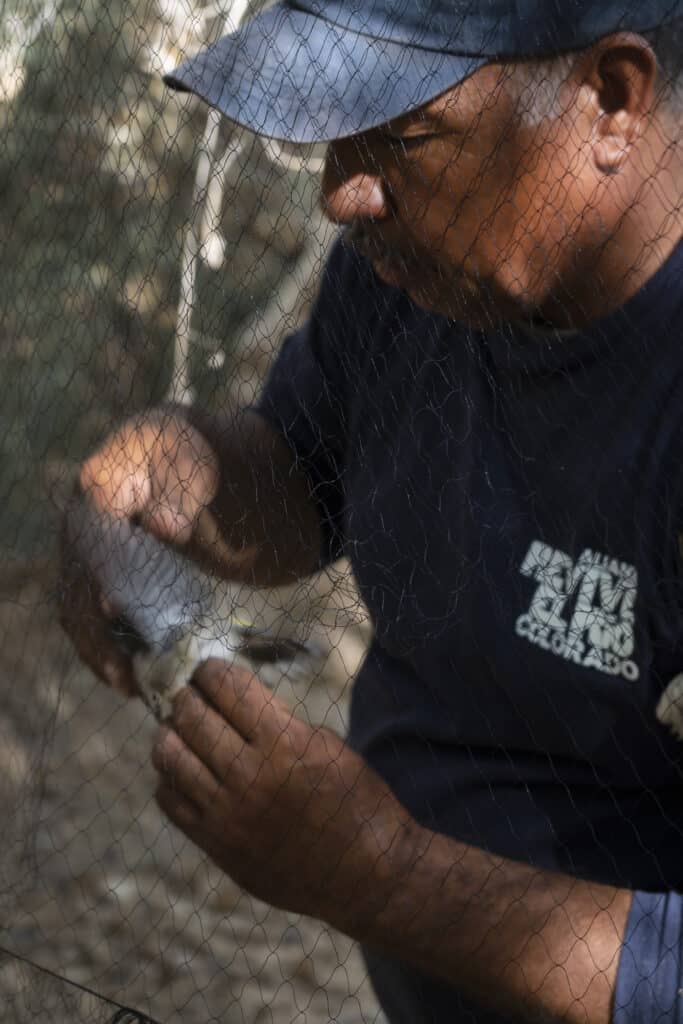
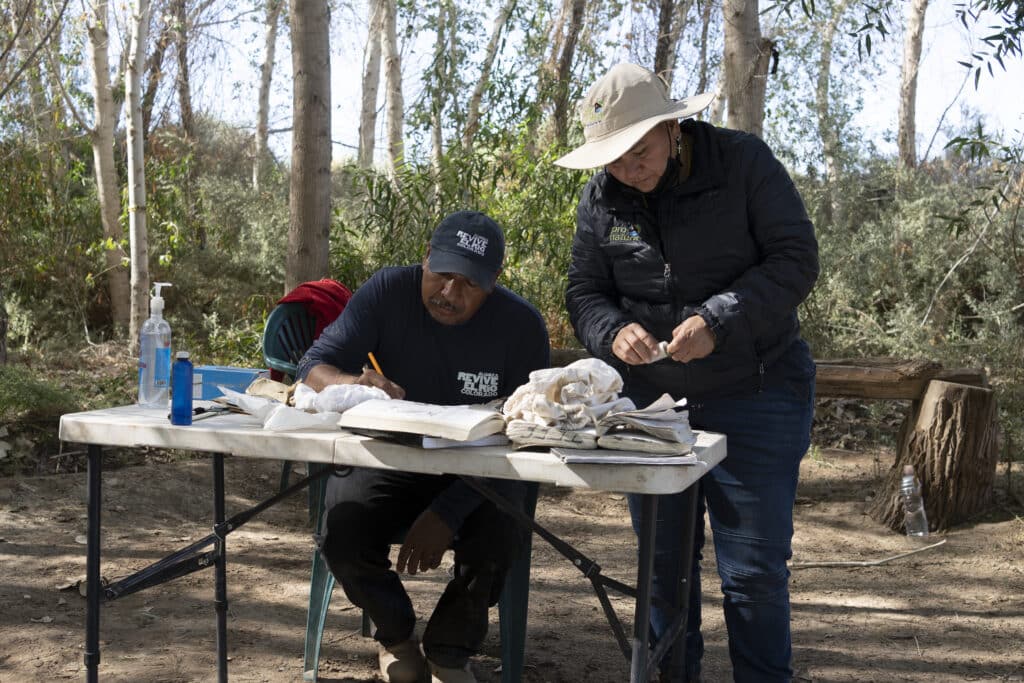
Alejandra Calvo and Mr. Catán, a local resident and now a bird expert, registering the biometric data of one of the captured birds before releasing them back into the wild.
Another restoration site called “Laguna Grande”, a beautiful place along the Colorado River is home to many different species like beavers, a species which had disappeared from the Delta but have now returned thanks to the Alliance and local people’s efforts. Their efforts involved planting native plants, pouring water periodically into the river and delta, cleaning the river, monitoring wildlife and raising awareness among both local communities and visitors.

Dawn at Laguna Grande.
The hope that has been raised along with the river’s delta is not just about the water flow becoming permanent but also about how ecosystems like wetlands, riparian forests, and bogs, deteriorated by droughts can be restored again. For more than a decade, these NGOs have been working tirelessly, along with local communities, not only to bring back the water flow, but also restore natural systems crucial for the delta’s rebirth and hope for a better future on this planet.
